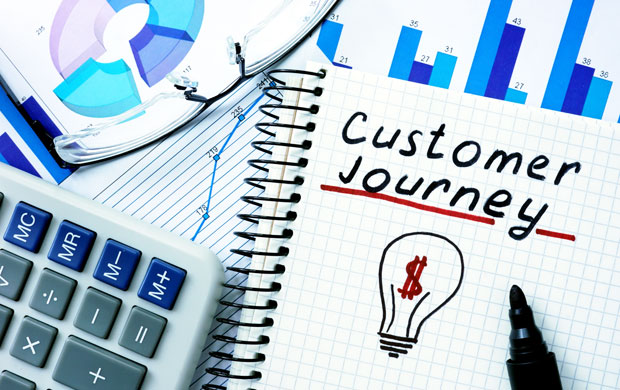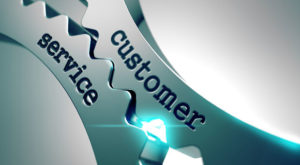This is the fourth post in a four-part series on modern approaches to improving customer loyalty through customer engagement.
The 4 Fundamental Attributes of Customer Loyalty, Part 1
The 4 Fundamental Attributes of Customer Loyalty, Part 2
The 4 Fundamental Attributes of Customer Loyalty, Part 3
If you want to succeed at engaging customers, or anyone else for that matter, it helps to have a model of what success looks like. This idea isn’t new. Elite athletes train themselves to see a perfect race in their mind’s eye, or to imagine the arc of a ball to its flawless conclusion.
Scientists model physical and chemical reactions that occur at a scale too small to view directly. Business people use spreadsheets to specify business plans and they are really no more — and no less — than models for how a business operates and makes money. It is so common, in fact, that “business model” is one of the most overused terms in business today.
As good as we humans are at modeling, when it comes to the vendor-customer interaction we think we can wing it — but that’s a mistake. There are too many failure points for engaging customers, and too much is at stake to wing it.
We’ve all been customers, and each of us has at some point had to convince others of our point of view. There’s a perception that such modeling is just intuitive. However, whether we make an explicit plan or simply go over what could happen in an interaction, we’ve modeled that moment, and the quality of the modeling will help determine the success of the endeavor.
Be Prepared
In the case of the vendor-customer experience, it’s best to plan things out concretely. People often act in unpredictable ways, and it’s worthwhile to have some forethought about what to do next when things don’t go as expected in real time.
If you look at customer sentiment sites and read descriptions of encounters that leave customers disappointed or even angry, you can’t help but notice that many of the stories involve things that went wrong that a vendor should have been able to predict — had there been a model to work from.
That’s what journey mapping is for, and although we have been executing some forms of it for a long time, there’s now software that makes it all quick, easy and accurate. There’s no longer an excuse for bad encounters when a vendor should have known.
Moreover, in an era when we are letting machines take over some aspects of first customer encounters and triage for simple requests, it’s critical that we give our machines the ability to carry out their tasks accurately all the way to completion.
There’s nothing worse than a process that ends abruptly because no one thought the process would go that way. Journey maps help us discover all of the things that could go south, and plan for how to prevent bad outcomes.
The Right Metrics
Journey maps have another, even greater, use. Once you have an accurate model of a customer journey, you can develop metrics for key points in every process.
Is a customer-facing process taking too long? Where are the bottlenecks? Who are the customers most directly affected? How can we help customers before they become frustrated enough to trash a vendor’s reputation? What is the effect of this frustration on customer retention?
It’s quick to see that journey maps shouldn’t operate in a vacuum, and that there are two key elements of the CRM suite that must be tightly interwoven. The first is, obviously, analytics. With modern metrics and analytics, a vendor easily can manage by exception. If a small number of customers have trouble with a part of a process, analytics can help pinpoint the customers and the processes, so that no one reaches a dangerous frustration point.
Ironically, sometimes even with the best intentions, we develop metrics that we may think are important but that don’t enhance the journey.
Another interesting integration for journey maps is the application development and maintenance part of a platform. Ideally, a journey map should influence which code gets written; if your business process needs to branch, a good journey map should be able to drive that code generation. That allows your customer-facing applications to stay current with the processes that support your customers.
The 4 Pillars
So that’s it. Engaging customers and generating loyalty takes these four things: automation (the right automation); proactive personalization; contextual interaction; and journey mapping. None of these is independent of the other three any more than peanut butter, jelly and bread can lead separate lives on a plate.
When we focus on engagement through this prism, the results are improvements in customer loyalty, advocacy and revenue. Customer loyalty is hard to get. It’s true that you can’t buy it, but if you know what you’re doing, you certainly can earn it.


























































Great article! I liked it so much that I included it in Ecom Weekly: https://hi.photoslurp.com/blog/ecom-weekly-26/
Thanks!
Useful post, it is very important for a business firm to suceed at engaging customers.